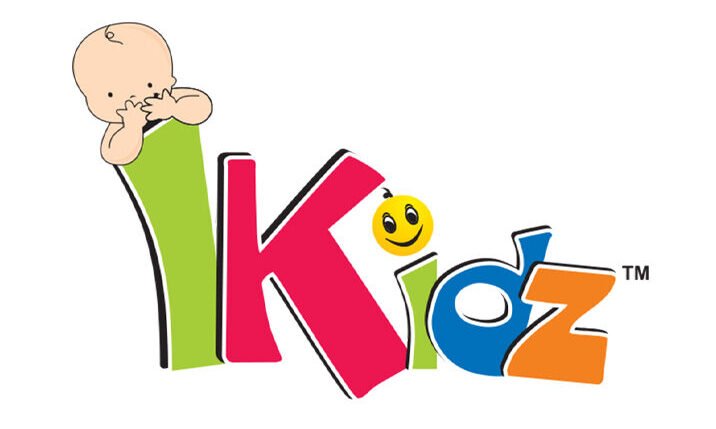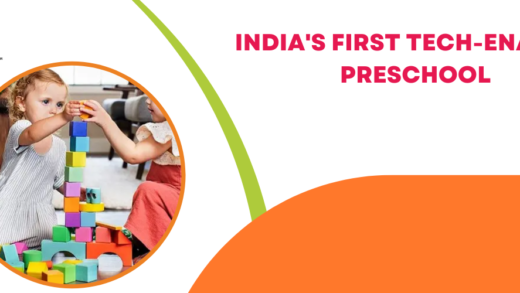Introduction
The importance of health and safety in playschools cannot be overstated. In India, where early childhood education is booming, ensuring a safe and nurturing environment is crucial for the overall development of young minds. Playschool in India, which include nursery schools, daycare centers, and Montessori schools, serve as the first stepping stone for children into the world of learning. Parents trust these institutions to provide not just education but also a secure environment where their children can thrive. Therefore, understanding and implementing robust health and safety measures is essential for any playschool.
In this article, we will delve into the various aspects of health and safety in playschools, highlighting best practices, common challenges, and how these can be addressed to create a safe learning environment.
Why Health and Safety Matter in Playschools
Ensuring the health and safety of children in playschools is vital because young children are particularly vulnerable to accidents and illnesses. The early childhood education phase is critical for cognitive and social development, and a safe environment allows children to explore and learn without undue risk.
Benefits of a Safe Learning Environment
- Promotes better learning outcomes: Children are more likely to engage and learn effectively when they feel safe and secure.
- Reduces absenteeism: Proper health measures reduce the incidence of illness, ensuring consistent attendance.
- Builds trust with parents: A well-maintained and safe playschool earns the trust of parents, which is crucial for the school’s reputation.
Key Health and Safety Guidelines for Playschools
1. Infrastructure and Premises
The infrastructure of a playschool plays a significant role in ensuring safety. Preschool infrastructure in India should adhere to specific standards that prioritize the well-being of children.
| Aspect | Safety Guidelines |
|---|---|
| Building Design | Ensure the building is child-friendly, with no sharp edges or hazardous areas. |
| Play Areas | Play areas should be well-maintained, with soft surfaces to minimize injury risks. |
| Classroom Layout | Classrooms should be spacious, well-ventilated, and equipped with age-appropriate furniture. |
| Safety Equipment | Install fire extinguishers, smoke detectors, and first-aid kits in accessible locations. |
2. Hygiene and Sanitation
Maintaining high standards of hygiene is critical in preventing the spread of illnesses in playschools. Preschool fees in India often include charges for maintaining hygiene standards, which is a key consideration for parents.
- Regular Cleaning: Ensure that the premises, including classrooms, play areas, and restrooms, are cleaned and disinfected regularly.
- Handwashing Stations: Install handwashing stations at accessible points and encourage frequent handwashing among children.
- Sanitary Restrooms: Restrooms should be clean, with child-friendly toilets and proper sanitation facilities.
3. Health Checks and Emergency Preparedness
Routine health checks and emergency preparedness are non-negotiable aspects of childcare services in India.
- Health Screening: Regular health checks should be conducted to monitor the well-being of children. This can include daily temperature checks and periodic health assessments by a pediatrician.
- Emergency Drills: Conduct regular fire drills and emergency evacuation practices to prepare both staff and children for unforeseen situations.
- First-Aid Training: Staff should be trained in basic first aid and CPR to handle any medical emergencies promptly.
4. Nutrition and Food Safety
Proper nutrition is crucial for the healthy development of children. Preschool curriculum in India often includes nutrition education, but ensuring that children receive healthy meals at school is equally important.
- Balanced Meals: Provide balanced meals that meet the nutritional needs of young children, avoiding junk food and sugary snacks.
- Safe Food Handling: Ensure that food is prepared and stored under hygienic conditions to prevent foodborne illnesses.
- Allergy Management: Maintain a record of any food allergies among children and take appropriate precautions during meal preparation.
5. Child Development and Emotional Well-being
The safety of children in playschools goes beyond physical safety. Child development programs in India must also focus on the emotional and psychological well-being of children.
- Bullying Prevention: Implement anti-bullying policies to create a positive and inclusive environment for all children.
- Emotional Support: Provide emotional support through trained counselors who can help children navigate any personal or social challenges.
- Parental Involvement: Encourage active parental involvement in their child’s education and well-being through regular communication and meetings.
Common Challenges in Implementing Health and Safety Measures
Despite the best intentions, playschools often face challenges in maintaining health and safety standards. Understanding these challenges is the first step towards overcoming them.
1. Resource Constraints
Many playschools, especially those offering affordable preschool in India, operate with limited resources. This can make it difficult to maintain high safety standards.
- Solution: Prioritize essential safety measures and seek community support or partnerships to bridge resource gaps.
2. Lack of Training
Staff in some playschools may lack the necessary training in health and safety protocols, leading to lapses in care.
- Solution: Invest in regular preschool teacher training in India to ensure all staff are equipped with the knowledge and skills to maintain a safe environment.
3. Inadequate Supervision
In busy playschools, maintaining adequate supervision at all times can be challenging, increasing the risk of accidents.
- Solution: Implement a robust child-to-teacher ratio to ensure each child receives adequate attention.
Real-Life Example: A Success Story from a Top Preschool in India
One of the top preschools in India, has set a benchmark in health and safety standards. This school has integrated advanced safety features, including biometric entry systems and CCTV surveillance, ensuring that only authorized individuals can access the premises.
Moreover, the school has implemented a comprehensive child development program that includes regular health checks, balanced meals prepared under strict hygiene conditions, and a curriculum designed to support emotional well-being. As a result, the preschool enjoys a high level of trust among parents, with many praising the school’s commitment to providing a safe and nurturing environment for their children.
Best Practices for Playschools to Enhance Health and Safety
For playschools aiming to enhance their health and safety standards, adopting the following best practices can make a significant difference:
- Regular Audits: Conduct regular safety audits to identify and rectify potential hazards.
- Feedback Mechanism: Establish a feedback mechanism where parents and staff can report safety concerns.
- Continuous Improvement: Stay updated with the latest safety guidelines and continuously improve policies and practices.
Conclusion
Health and safety in playschools are fundamental to providing a conducive learning environment for young children. By adhering to stringent safety guidelines, addressing common challenges, and implementing best practices, playschools can ensure the well-being of the children entrusted to their care.



